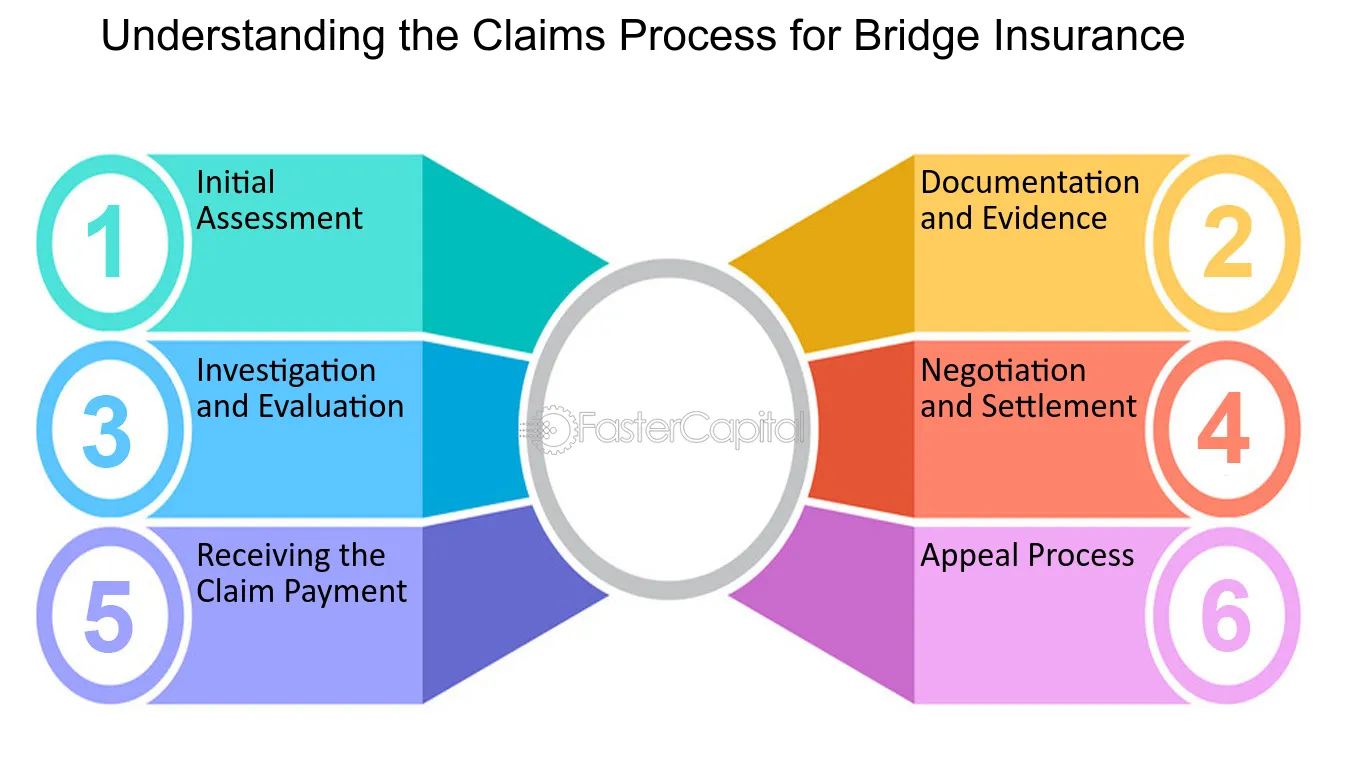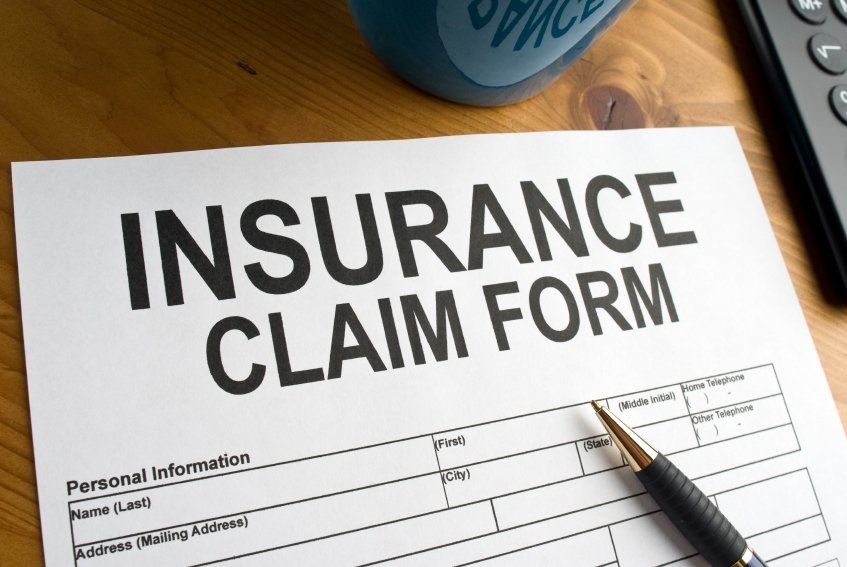In this comprehensive guide, we highlight the key points most commonly encountered in the claims process and compensation levels for home insurance. Every situation has its unique aspects, and insurance policies vary in coverage levels depending on your choices at the time of purchase.
A. Claims Process
- Review Your Insurance Policy:
- Understand your rights and obligations according to your insurance contract. This step is crucial to ensure you know what is covered and the procedures you need to follow.
- Submit a Claim to Your Insurance Company:
- Report the insured incident to your insurer as soon as possible. Most insurance companies now offer online claim submission links. Follow these links and provide all requested information and evidence, such as details, photos, and reports collected after the incident. For a detailed guide on submitting a claim, visit the Insurance Information Institute.
- Insurance Company’s Information Processing:
- The company will review the submitted claim and initiate the process of verification and evaluation.
- Adjuster’s Evaluation:
- An insurance adjuster will contact you to assess the damage and determine the compensation amount. They will guide you through the necessary steps to complete the claims process.
- Fault Determination:
- The insurance company will determine the fault based on the provided information according to legal standards (Insurance Act and Fault Determination Rules) on a scale from 0% to 100%. This information will be stored in the provincial database.
- Important Note: If you are found to be 50% or more at fault, your insurance premium may increase at the next renewal. Even if you lend your car and the driver is at fault, the accident will still be recorded on your insurance history.
- Disputing Fault Determination:
- If you disagree with the insurer’s fault assessment, contact the adjuster for clarification and the legal basis for their determination. If the insurer refuses to change the assessment, you can escalate the issue to the company’s complaint handling department.
- Traffic Violations:
- Administrative penalties like running a red light or speeding may not necessarily affect your insurance premium. Conversely, the absence of a traffic ticket does not mean the fault won’t impact your insurance. Each case is assessed individually based on legal standards.
B. Compensation Levels for One-Way Insurance Policies

- Injury or Death:
- Accident Benefits: Compensation is provided regardless of fault.
- Compensation Items: May include (1) replacement income during recovery, (2) medical and rehabilitation expenses, (3) death and funeral costs, (4) dependent care expenses.
- Note: All these compensations come with specific conditions and limits. You can opt for higher coverage by paying additional premiums.
- Vehicle and In-Vehicle Property Damage:
- Compensation depends on your fault percentage.
- An adjuster will assess your fault percentage according to legal standards.
- If you are 40% at fault, you will be compensated up to 60% of the damage value within the insurance limit.
- Direct Compensation Property Damage (DCPD): Allows you to work directly with your insurer for compensation. Covered items may include (1) rental car costs during repairs, (2) repair costs and damage compensation.
- Accidents Involving Uninsured Drivers:
- Ensure you record the at-fault driver’s details (name, address, phone number, license number).
- Uninsured Automobile Coverage: This provision in your policy covers damages within the insurance limits.
C. Compensation Levels for Two-Way Insurance Policies

- Two-Way Insurance:
- Includes all above provisions plus the “Loss or Damage” coverage. This covers physical damages to your car based on your fault percentage. For example, if you are 40% at fault, mandatory insurance covers 60% of the damage, and the optional “Loss or Damage” coverage compensates the remaining 40% according to your chosen coverage level.
- Comprehensive Coverage:
- Collision or Upset: Protects your car against collisions with another vehicle or an obstacle.
- Comprehensive: Protects against external damages such as fire, lightning, storms, floods, and theft.
D. Conclusion

This summary covers the most common scenarios in the claims process and the responsibilities of both you and your insurance company in case of an accident. For more detailed information, refer to the Financial Services Regulatory Authority of Ontario (FSRA), the regulatory authority in Ontario for insurance-related legal regulations.
Follow Kash Base for more useful updates!
If you have further questions, please leave a comment below, and we will try to support and explain within our expertise.
